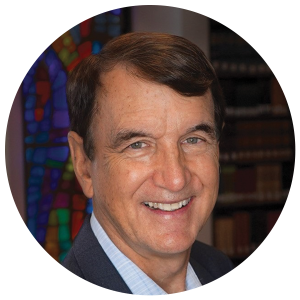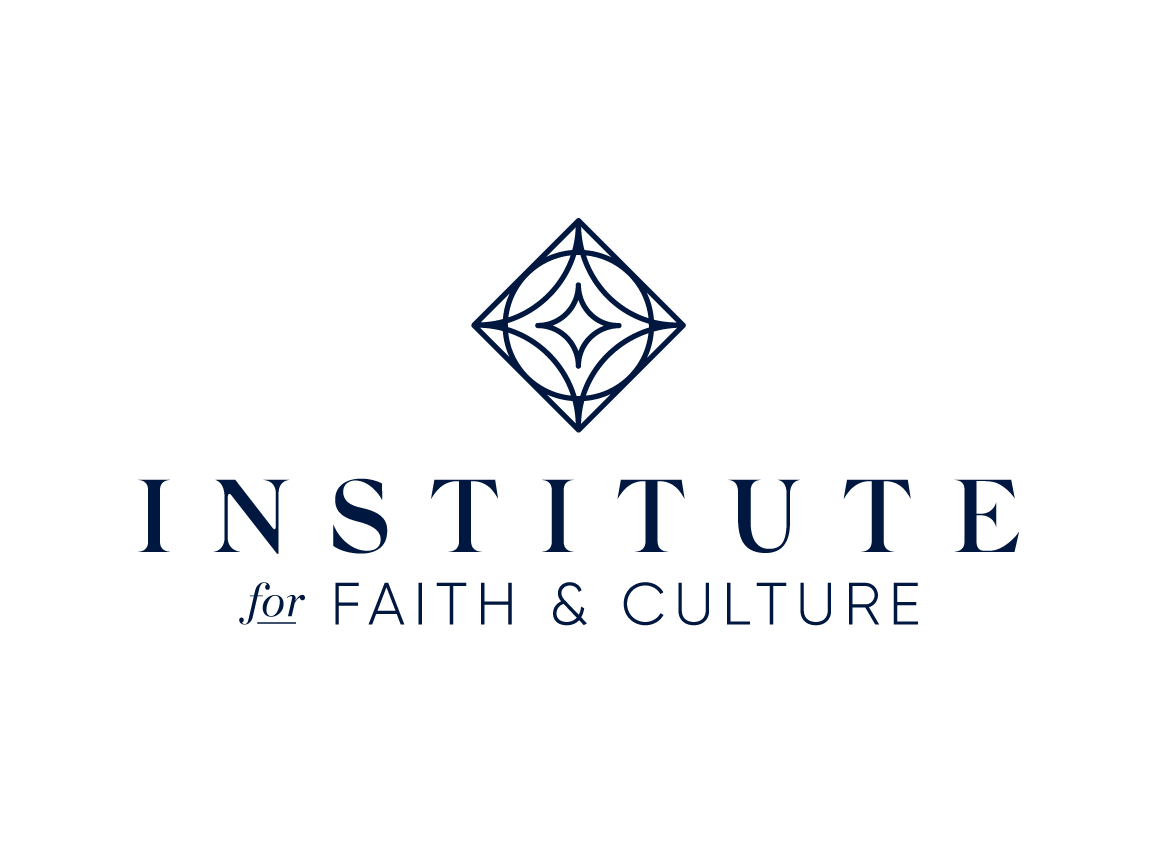Christ gave up his life as a sacrifice to fulfill why He came into the world. There is no record of other religious founders and leaders showing love and compassion for misfits, outcasts, and the immoral, and healing the physically afflicted, and casting out demons from the deranged. In his three-year public ministry Jesus not only taught truth but modeled God’s love in unprecedented ways.
The resurrection was central to God’s providence because it provided “seeing is believing” evidence of God bringing Jesus the Savior back from being dead in a tomb to being alive—resurrected—for forty days, so people would have irrefutable living proof of who he was.
The New Testament provides accounts from multiple sources who witnessed Jesus firsthand after the resurrection. Jesus made at least ten separate appearances to his disciples between the resurrection and his ascension into Heaven, over a period of 40 days. Some of those appearances were to individual disciples, some were to several disciples, and one was to some five hundred at one time.
Particularly noteworthy is that there were no accounts of witnesses who came forth and disputed these appearances or called it a “hoax.” Not a single one. Nor do we find any historical record of any witness accounts that were contradictory.
While there are skeptics of the biblical Jesus, there’s far more reliable historical evidence for his life, teachings, miracles, death, and resurrection than for other leading historical figures of ancient times, such as literary greats, Virgil and Horace and military-kings like Alexander the Great. The veracity of ancient history revolves around three things: the number of eye-witness accounts, the lapse of time between the eye-witness events and the written record, and the number of surviving manuscripts of that record.
No one doubts Virgil and Horace lived and originated great poetic masterpieces a few decades before Christ, although the written manuscripts of their works were recorded more than 400 years after they had died. No one doubts the life and accomplishments of Alexander the Great in the fourth century BC, even though there are only two original biographers of his life, Arrian and Plutarch, who wrote their accounts some four hundred years after Alexander died.
The eye-witness accounts of Jesus were recorded in writing within a generation of his life. And there are about 1,000 times more manuscripts that preserve the deeds and teaching of Jesus in the New Testament (about 25,000 total) than there are preserving other classical ancient works of historic figures who lived at the same time, with the exception of Homer, whose “Iliad” is backed by 1,800 manuscripts. But that is still less than one-tenth the number of ancient manuscripts that back the authenticity of the New Testament.
We know the historical Jesus through four different accounts known as the gospels—Matthew, Mark, Luke, and John—not written hundreds of years later, but within a generation or two of Jesus’s life. Apostles Matthew and John provide eyewitness accounts from their years of walking with Jesus as disciples. Mark also had eyewitness experience, although he was only a teenager when Jesus began his public ministry. Luke, the doctor, learned about Jesus from his friend Paul, the apostle who wrote the most letters in the New Testament.










